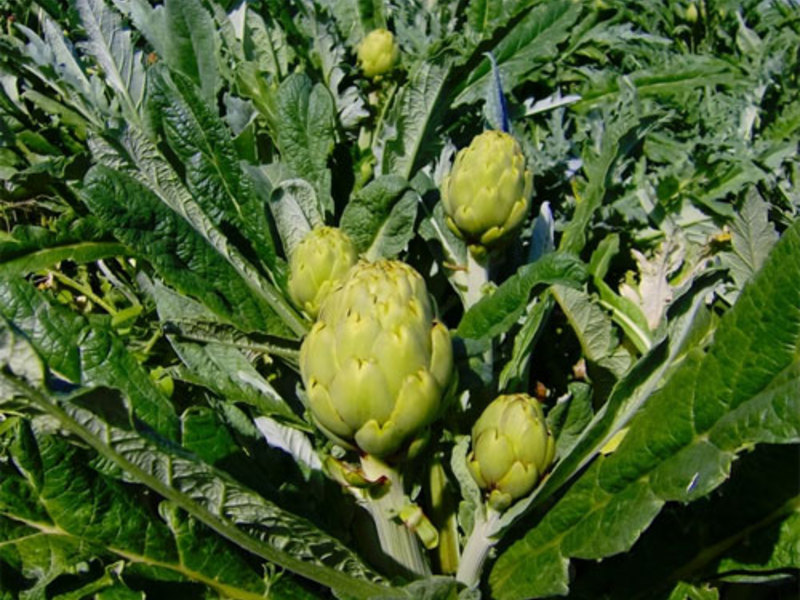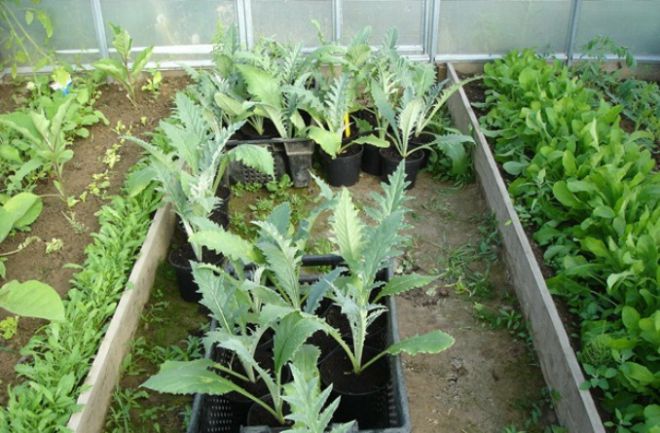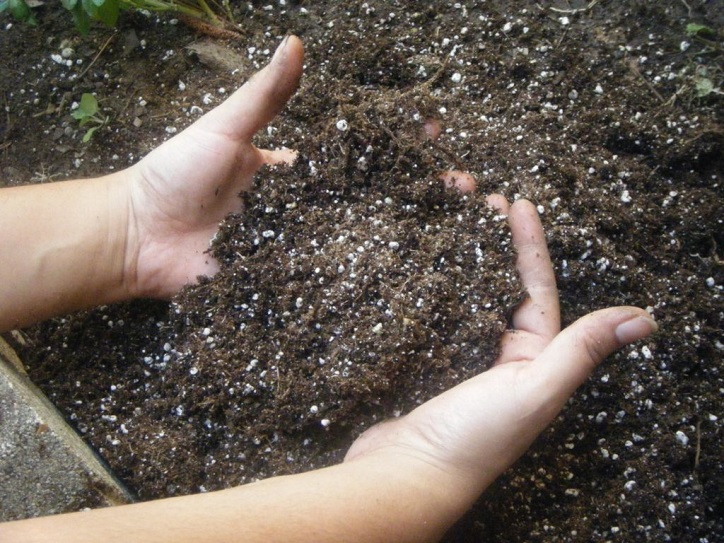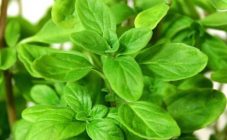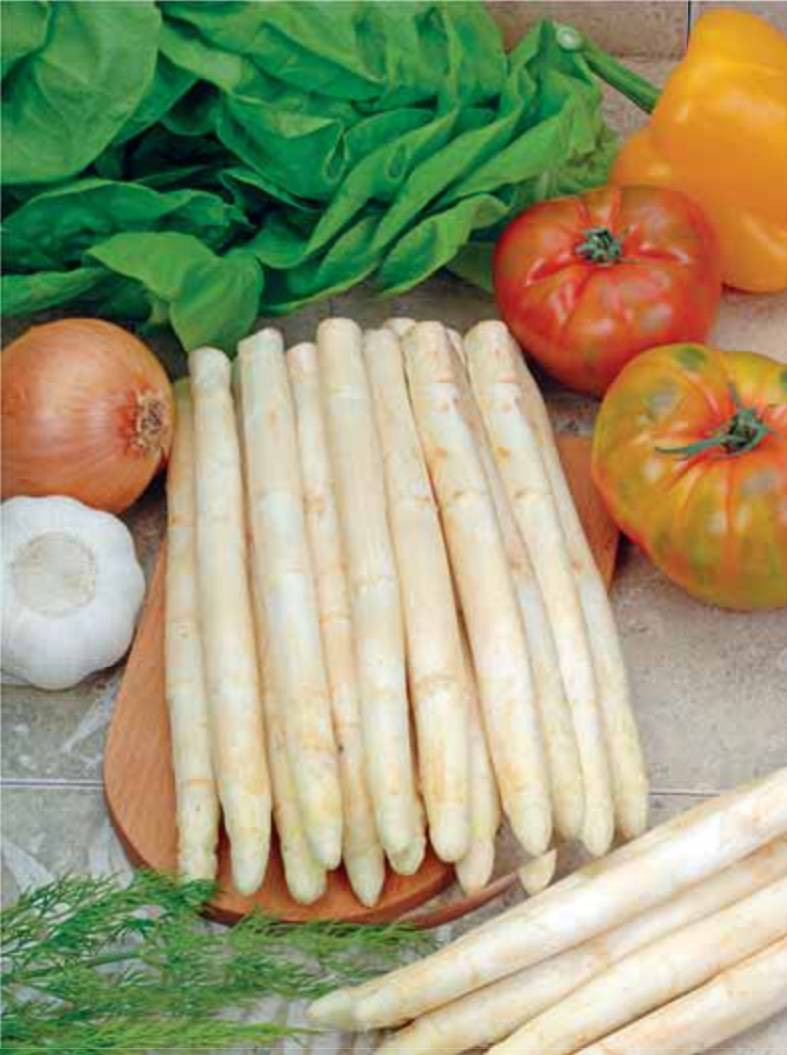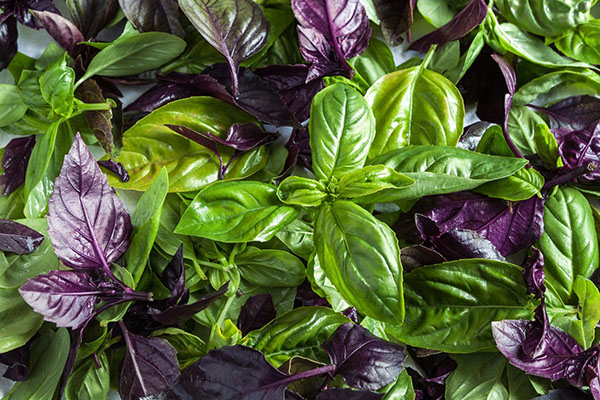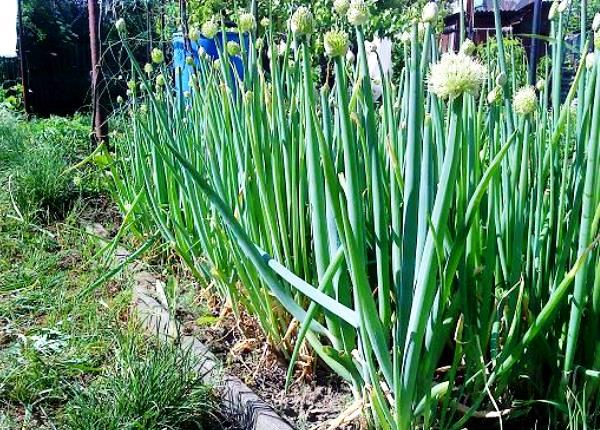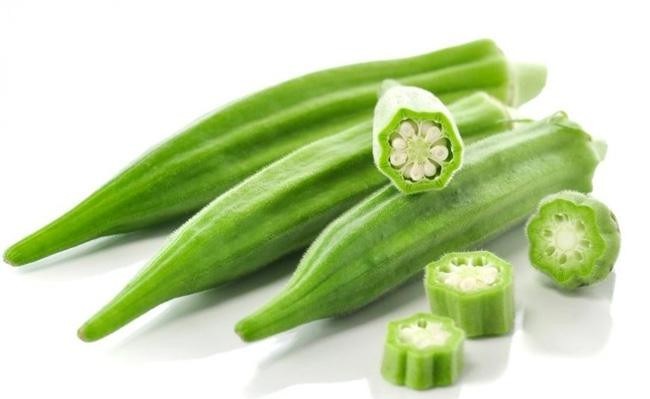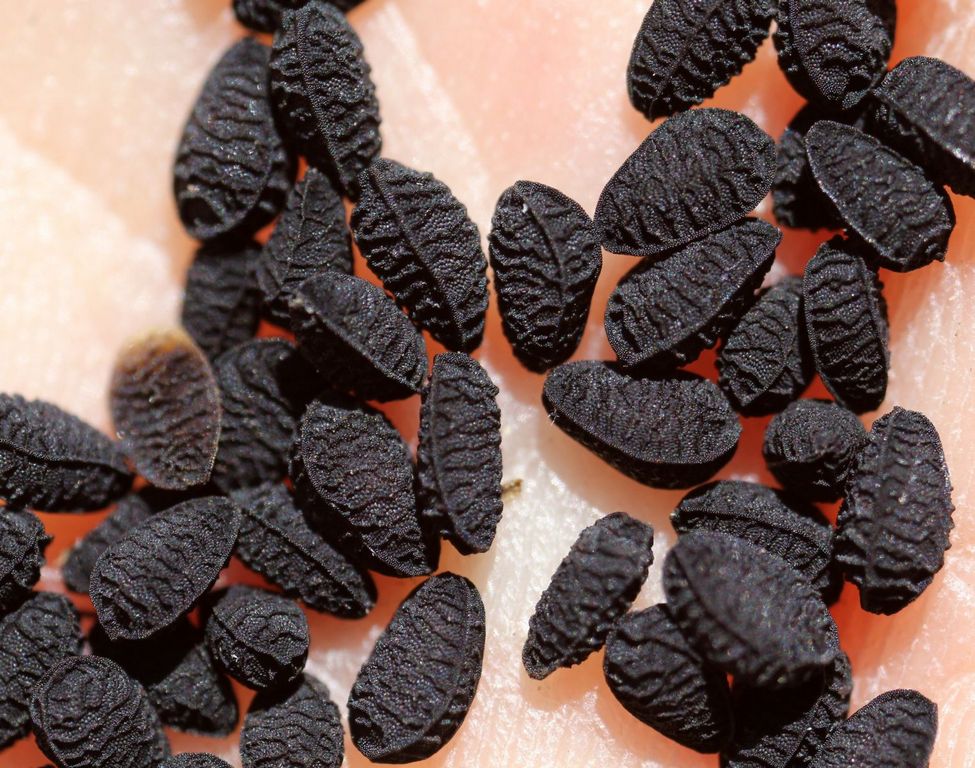Content:
Summer residents in their gardens are increasingly growing vegetable crops that have a lot of useful qualities for the human body. However, the attention of gardeners is undeservedly deprived of the artichoke - a vegetable plant that has many medicinal properties, with a pleasant taste and original appearance.
This "edible thorn", as the artichoke is often called, is actively grown in many countries of the world, it is included in the diet of southern peoples, and only in our country can it be found only in some large farms. But on the beds of summer residents, this exotic vegetable is still a rare guest. While growing an artichoke from seed is easy, you'll learn how to do it right below. It will also talk about how the artichoke grows.
Description of the artichoke
This herbaceous plant belongs to the Astrov family. His homeland is the Canary Islands, as well as countries located on the Mediterranean coast. The artichoke also grows in North and South America, where for many centuries it was considered an ordinary weed. But over time, it began to be eaten, as well as cultivated by peoples living in the north of the African continent, in many European countries, as well as in South America and in some states of the United States.
Outwardly, this plant, which belongs to weeds for many years, is very similar to a thistle - with a thorny stem, an incomprehensible kind of inflorescence with fleshy "petals", which are used for food.
Such buds are collected in the phase when they have not yet had time to bloom, their size can reach 6.5-7 cm.They are formed from petals-scales, the shape of which is oval-elongated, up to 3-3.5 cm long. The color of these petals light green.
Plant stems are erect, relatively low - no more than 1.3-1.4 m, the root is pivotal. The foliage is of medium width, their shape is pinnate, the underside is covered with small hairs of a light shade, collected in a basal rosette, and single leaves can be located along the stem. Maybe the artichoke is not such a giant, but it is immediately noticeable in the garden.
They eat unripe receptacles-scales that have not begun to bloom, as well as petioles, which have a delicate juicy taste with a light nutty aftertaste, which a real gourmet can appreciate. The useful and medicinal properties of artichokes are explained by the fact that they contain:
- inulin;
- mineral elements - Ca, P, Mg;
- carbohydrates;
- organic unsaturated acids;
- a number of vitamins valuable for the human body.
The benefits of artichoke are undeniable - it is introduced into the diet of diabetics together with starch, since it contains inulin. It also helps well with digestive disorders, is used to remove toxins and toxins from the liver, burns fats, and improves male potency. In folk medicine, not only the artichoke itself is used, but also its extract.
Eating this plant can be harmful when:
- chronic gastritis;
- if there is renal failure;
- with individual intolerance to the substances that make up this plant.
Characteristics of the best varieties grown from seed outdoors
Artichoke - where does it grow in Russia? And how can it be grown in different regions of our country? Such questions are of interest to summer residents who would like to grow exotic plants in their garden beds, but are not sure if they can do this in sufficiently cool regions.
How to grow artichokes in Russia in regions with a fairly short summer - in the Moscow region, in the middle lane, in Siberia, in the Urals?
There are no zoned artichoke varieties for these regions, but in order to get a harvest in the planting season, it is better to grow early varieties of this crop there:
- Violet;
- Maisky 41.
How to plant an artichoke in regions with changeable weather is clear - only in seedlings. With this method of planting, for example, in the Moscow region, it is possible to achieve the appearance of artichoke buds within one season.
In warm countries (where this perennial comes from), artichokes can grow on one bed for 8-9 years. And in the conditions of our country, it is possible to grow it as a perennial plant, but before winter it needs to be provided with good shelter.
After the onset of heat, the shelter is removed, and the vegetative part of the artichoke will begin its development anew, and fruiting will come earlier.
Planting rules for the best varieties in the mentioned regions
In the southern regions of our country, this plant is grown by planting seeds in open ground, and in colder regions (Moscow region, the middle lane, the Urals and Siberia), to obtain a full harvest, the artichoke is grown by the seedling method.
In southern countries, this plant is propagated by root shoots, but since in Russia the artichoke is a rather rare plant, it is much easier to get its seeds than shoots.
Artichoke: growing from seed
To begin with, the seeds are soaked. Planting seed material for seedlings is carried out in the first decade of March, and 1.5-2 weeks before that, it should be prepared for planting at home. The seeds are laid out in a shallow dish, filled with water and left for a day until they swell completely.
Then the swollen seed is placed in gauze, wrapped in polyethylene and left in a warm place for 4-5 days. After the sprouts appear, this bag is removed to the lower shelf of the refrigerator for 12-14 days.
While the seeds are hatching, it is necessary to prepare containers in which the seedlings will be grown. Such containers should be of a convenient shape, with a drainage hole at the bottom.
A drainage layer (up to 3-4 cm thick) is laid on the bottom, and nutritious soil on top. You can buy it in a specialty store, or prepare it yourself. To do this, take in equal parts sod, humus and river sand, thoroughly mix all the ingredients, fill the containers and moisten.
Artichokes are planted in the grooves made in the soil of the containers. Their depth is no more than 1.5 cm. It is not necessary to part with the laying of the planting material in the soil - the distance between the honey seeds should be at least 3 cm. The soil thickness above the sown artichokes is about 10 mm. The containers do not need to be covered with anything on top to make a mini-greenhouse, it is only important to maintain constant soil moisture.
In 4-5 days, the first shoots will appear. After the first leaves appear, you should increase the lighting and reduce the temperature in the room to 16 ° C, otherwise the sprouts will stretch up strongly.
You need to water the seedlings sparingly, because excess moisture is harmful to the root system of the plant.
If several artichokes grow in containers, it is better to plant them in separate containers. Before starting a pick, the soil in the main container is well watered so as not to injure the roots during transplantation.
The central roots of the dived seedlings are pinched off by about 1/3 and seated in containers, then watering is performed.
10-12 days after the dive, you can carry out the first dive with a solution of cow dung (in a ratio of 1:10 with water). The next time it is worth applying mineral fertilizers in another 10-12 days. After that, you can start hardening the seedlings so that they can grow strong and hardened.
This is a step-by-step instruction on how to grow an artichoke in a seedling way.
Artichoke - how to grow seeds in the country? The technology of planting artichoke seed in open ground does not differ from planting other cultivated plants, you just need to germinate the seeds first.
Agrotechnics
Planting artichoke seedlings should be carried out in the second decade of May in a lighted place, protected from gusts of wind. The soil should be well fertilized. The beds should be of medium height (about 0.2 m), the distance between them should be about 1 m.
These plants in the beds should be planted in strips in which the distance between the seedlings is at least 0.8 m, since the near-stem rosette of leaves can grow in width up to 0.5-0.6 m in diameter.
Further care for adult plants consists in regular watering, loosening the soil, removing weeds and applying top dressing.
Often this plant is grown in garden plots as an ornamental plant, while its flowers in blue-purple tones look great next to white chamomile or other garden flowers in pink, blue or lilac tones. The artichoke can be planted in the beds behind the lower flowers so that the tall bushes do not obscure the light of the lower occupants.
If they wanted to grow an artichoke on the site, planting and care in the open field will not cause much trouble for summer residents, and ripe receptacles with their unusual taste will be a good reward for all the efforts of vegetable growers.
